Affiliate links on Android Authority may earn us a commission. Learn more.
Samsung in 2018: Will it continue to kick ass?
Published onDecember 29, 2017
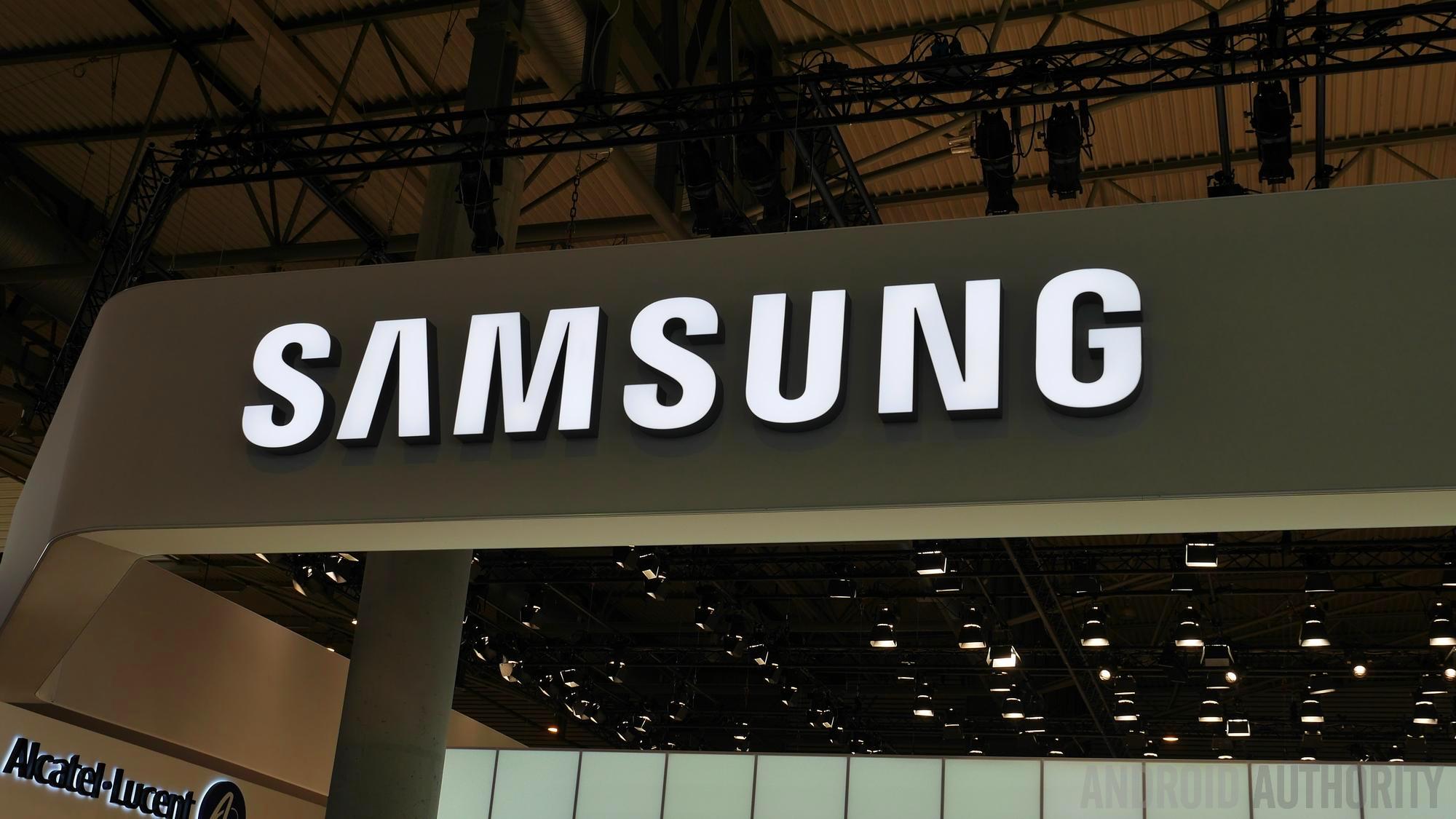
Samsung had its share of problems in 2016. The company had to recall the Galaxy Note 7 for safety reasons and lost a lot of money. Worse, its reputation took a massive beating in the U.S. as well as abroad.
Let’s take a look at what 2017 was like for Samsung, as well as how the company’s future looks.
The good and bad of 2017
Samsung started the year off with a bang. It announced the Galaxy A smartphones in January — A3, A5, and A7 — which impressed with their premium glass design and an IP68 rating for protection against water and dust. All three offer solid specs and are among the best mid-rangers of the year.
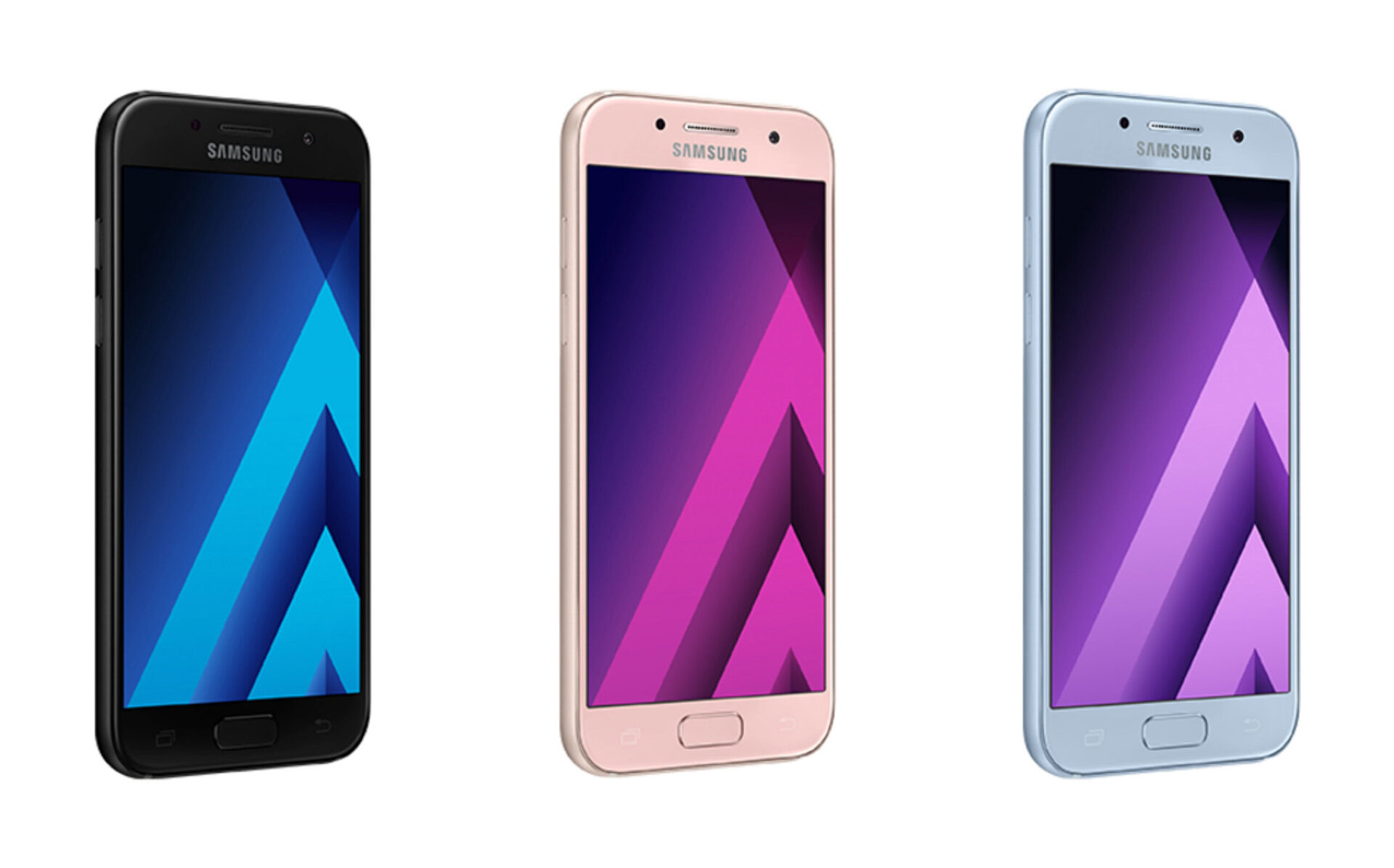
We then saw the reveal of the Galaxy Tab S3 at MWC. It’s one of the best tablets of the year, thanks to a large display, high-end specs, and the addition of the S Pen. We didn’t see the Galaxy S8 series in Barcelona, but Samsung did share its announcement date at the show.
The flagships first appeared at the end of March, and they didn’t disappoint. The phones featured large curved displays, a “bezel-less” design, and top-of-the-line specs. They became wildly popular, despite being more expensive than their predecessors. Samsung sold five million units in the first month and 20 million in less than four months.

The next big product launch happened in August in New York, where the tech giant took the wraps off the Galaxy Note 8 — the first Samsung smartphone with a dual-camera setup on the back. It launched at $929, making it one of the most expensive smartphones on the market. Despite the price, it was a hit. Its pre-order numbers in the US and South Korea exceeded those of previous Note handsets, showing the strength of Samsung’s brand and the loyalty of its fans.
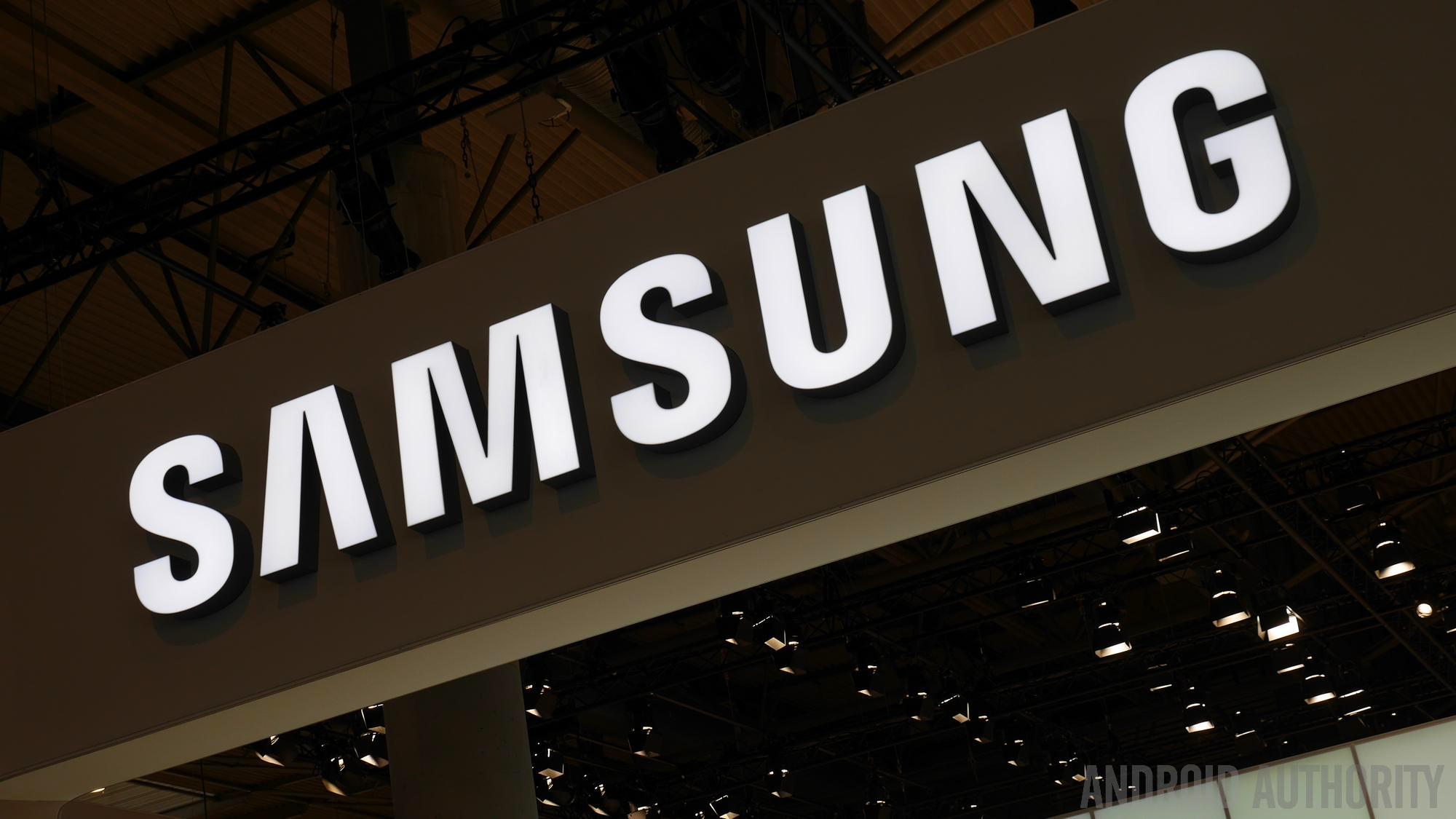
Samsung announced many other great products during the year. These include smartphones like the Galaxy S8 Active, Galaxy Note FE, and Galaxy C7 Pro. The company also revealed a few new wearables like the Gear Fit 2 Pro, Gear Sport, and Gear IconX 2018.
The popularity of Samsung’s smartphones and other products including DRAM and NAND memory chips made it a lot of money in 2017. Samsung generated around $8.8 billion in operating profit in Q1—the company’s most profitable first quarter ever. Things got even better over the next six months. In Q2, Samsung’s made $12.7 billion. In the third quarter of the year, the company made a record $13 billion in operating profit.

Overall, Samsung had a fantastic year. It released a slew of great devices, made lots of money, and closed the Note 7 chapter. But things were far from perfect.
The company’s acting chief Lee Jae-yong went on trial for bribing South Korean president Park in return for her support of a controversial merger between Samsung affiliates — which is said to have helped Lee solidify his control over the company. He was found guilty and sentenced to five years in jail.
The company has also been losing ground in India, the second largest smartphone market in the world. Samsung is having a hard time competing against Chinese brands, which offer smartphones with better price-to-performance ratios. It lost a lot of market share in 2017 and is currently tied with Xiaomi as the largest manufacturer in the country. It may even get knocked to second place soon.
What to expect in 2018?
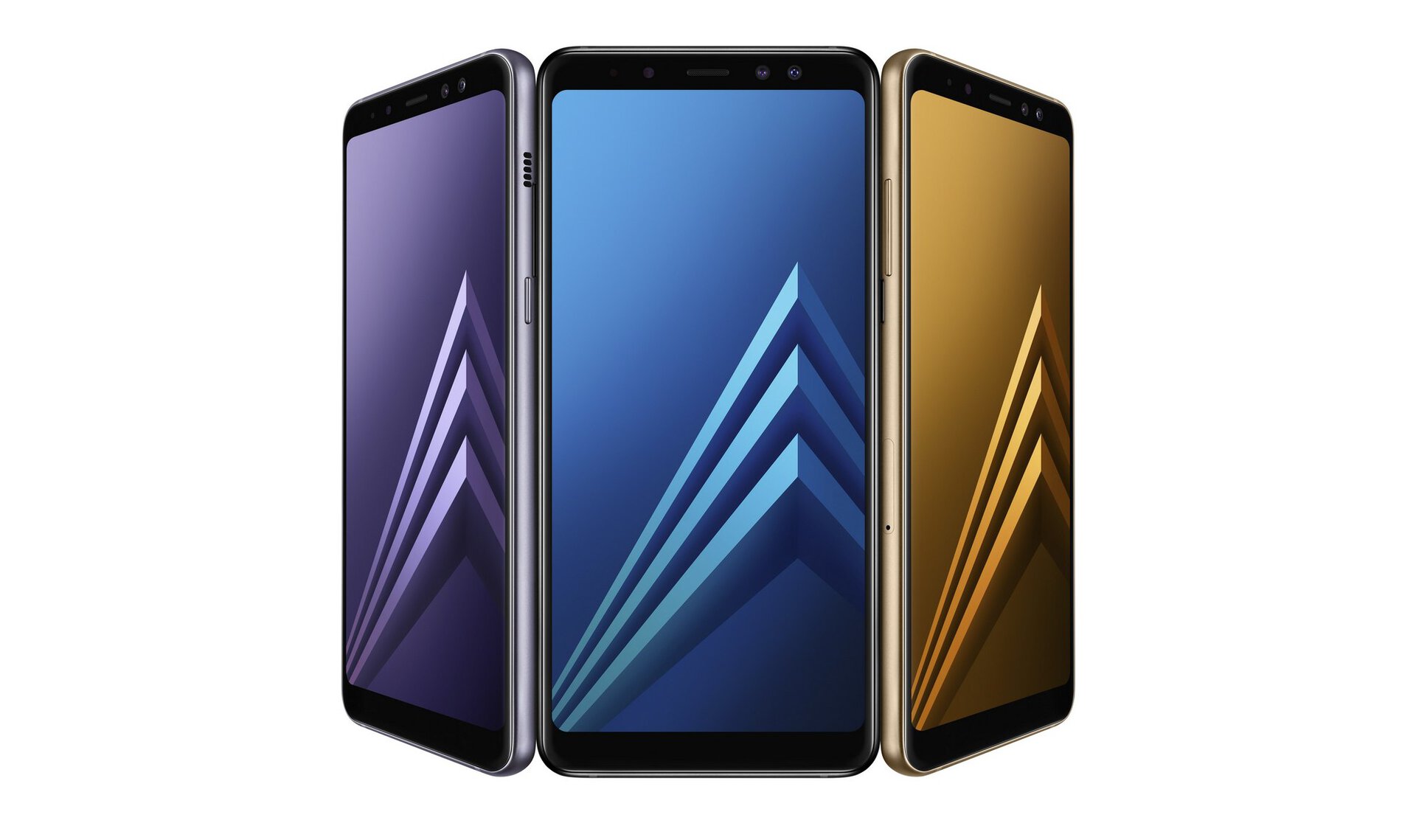
We expect to see many great devices from Samsung in the upcoming year. The first two to hit the market will be the Galaxy A8 Plus and A8 (see image above). They were announced this month but should go on sale in January. The Galaxy A8 Plus is the successor to last year’s Galaxy A7, while the Galaxy A8 succeeds the Galaxy A5.
They feature a stunning design inspired by the Galaxy S series, with thin bezels around the displays. Like their predecessors, they will likely grab the interest of those looking for a mid-range handset.
The two Samsung devices which will get the most attention in 2018 will be the Galaxy S9 and S9 Plus. When will we see them? Samsung might tease them at CES, before their official reveals in February or March.
The Galaxy S9 and S9 Plus are expected to be minor upgrades over their predecessors.
They are expected to be minor upgrades over their predecessors, with the same 5.8- and 6.2-inch display sizes, and more powerful hardware. The Plus model could come with a dual-camera setup on the back, while its smaller brother might only feature a single primary shooter. You can learn more about the devices by checking our Galaxy S9 rumor roundup post.
Don’t expect the S9 series to come with an under-display fingerprint scanner, the technology isn’t ready yet. It could be ready by the time the Note 9 gets revealed, which will probably happen in August or September. No word yet on what the Note 9 will bring to the table, although we don’t think it will be a massive upgrade over its predecessor either.
We expect to see a number of other devices from Samsung in 2018. These may include a new Chromebook to take on Google’s Pixelbook, many low- and mid-range smartphones, and new wearables. We may also see a Bixby-integrated smart speaker, to lure customers away from Google’s Home and Amazon’s Alexa-powered speakers.
It’s also possible we’ll see the Galaxy X in 2018, Samsung’s long-rumored foldable smartphone. There’s no word on what exactly that might look like, or whether its foldable nature will really be valuable or just another gimmick.

Samsung also has a lot of challenges ahead in the year to come. The company may have to change strategies if it wants to stay on top in India. Focusing more on low- to mid-range smartphone and reducing prices is something it should consider.
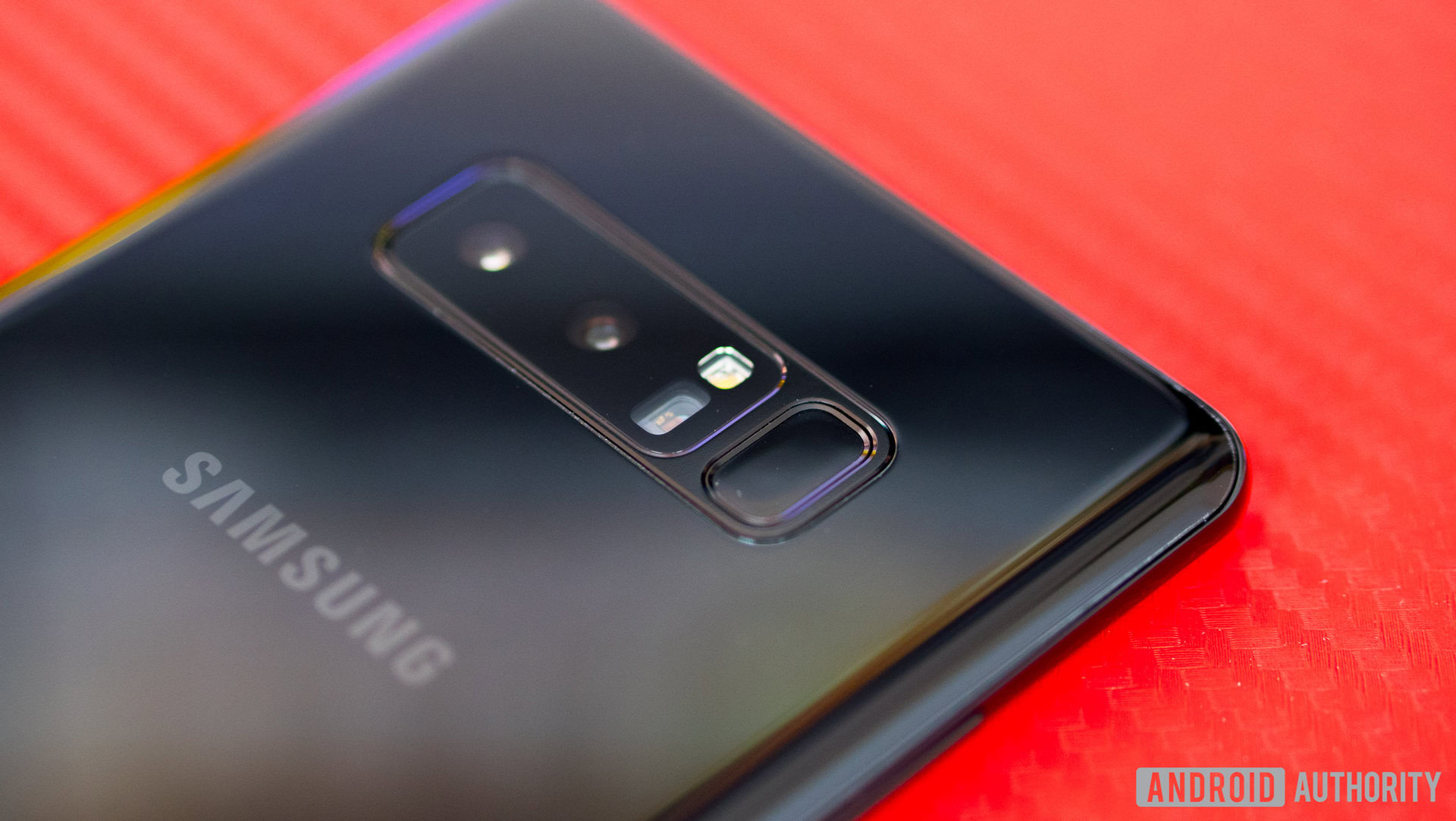
Pricing might cause Samsung problems in Western markets as well. Rumors have it that the Galaxy S9 series will be more expensive than its predecessor. If that’s the case, expect the Note 9 to get a price increase as well.
Sure, Samsung has a large fan base, but raising prices again could give consumers a great reason to take their business elsewhere. Especially because we expect to see many great high-end smartphones from the likes of HUAWEI, LG, and Google in 2018.
Samsung will also be facing more competition in the OLED display business. The company is the biggest player in the industry with a market share of well over 90 percent. But that number could be reduced this year, as LG and other manufacturers will ramp up production of OLED panels.
Wrap up
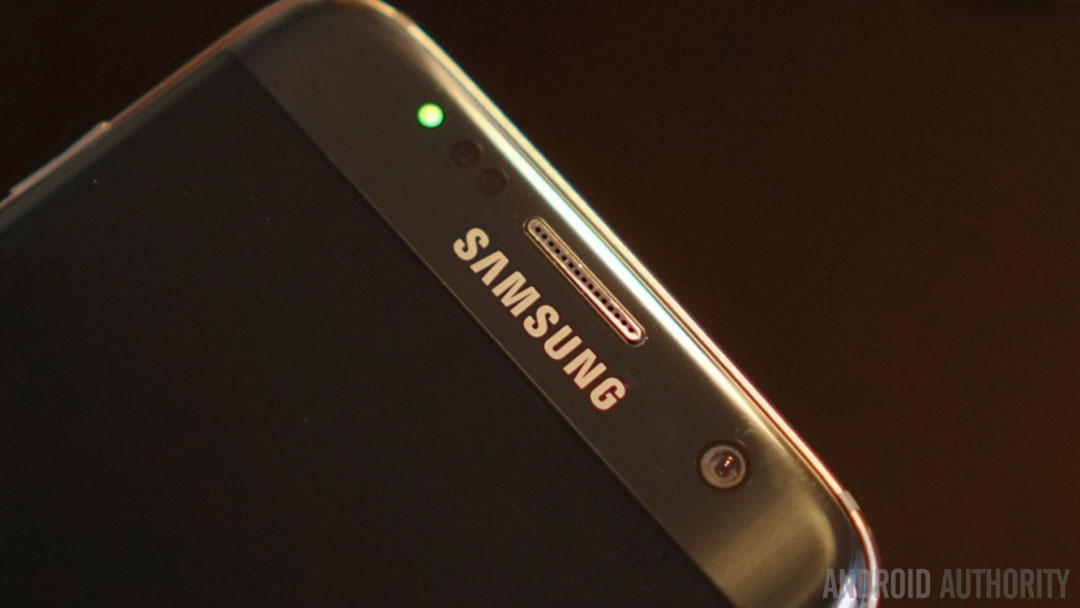
The future looks bright for Samsung. The company is expected to remain the biggest smartphone maker in the world next year, and will probably release some of the most attention-grabbing devices. It’s also expected to turn a fat profit each quarter, although it’s hard to predict if it will be able to exceed the financial results achieved in 2017.
This year has shown us the strength of Samsung’s brand. Despite the Note 7 fiasco, higher pricing, and some shady business that landed the company’s acting chief in jail, customers remained loyal. But that loyalty may not last forever.
If Samsung decides to rest on its laurels, it may begin losing business to its competitors.
Samsung will be fine as long as it keeps pricing where it is now and continues to innovate. If the tech giant continues to increase prices and rests on its laurels, it may begin losing business to competitors. The company could have a hard time convincing people to dish out big bucks on a high-end device like the Galaxy S9 and Note 9 without bringing a lot of new things to the table— especially those who already own an S8 or Note 8.
If it starts losing market share in Western markets, like in India, Samsung will have to roll up its sleeves and make changes to its business strategy. Will that happen, or will the tech giant continue to kick ass in 2018? Only time will tell.